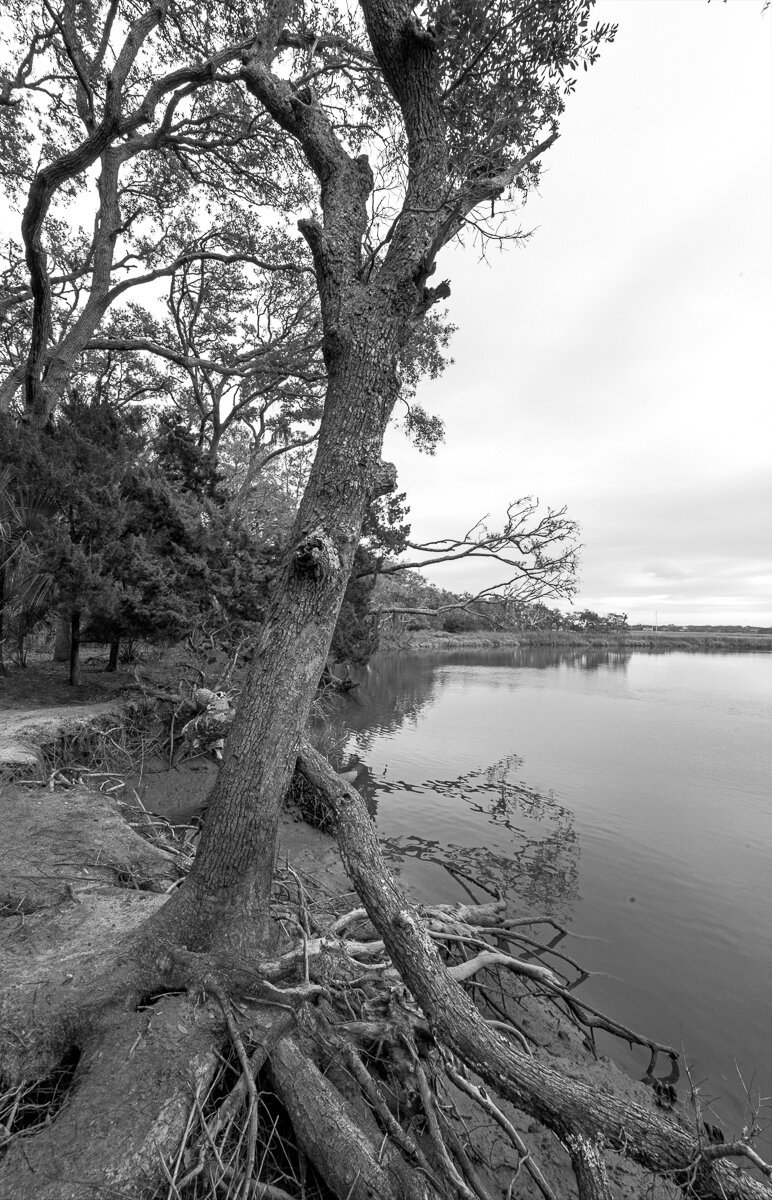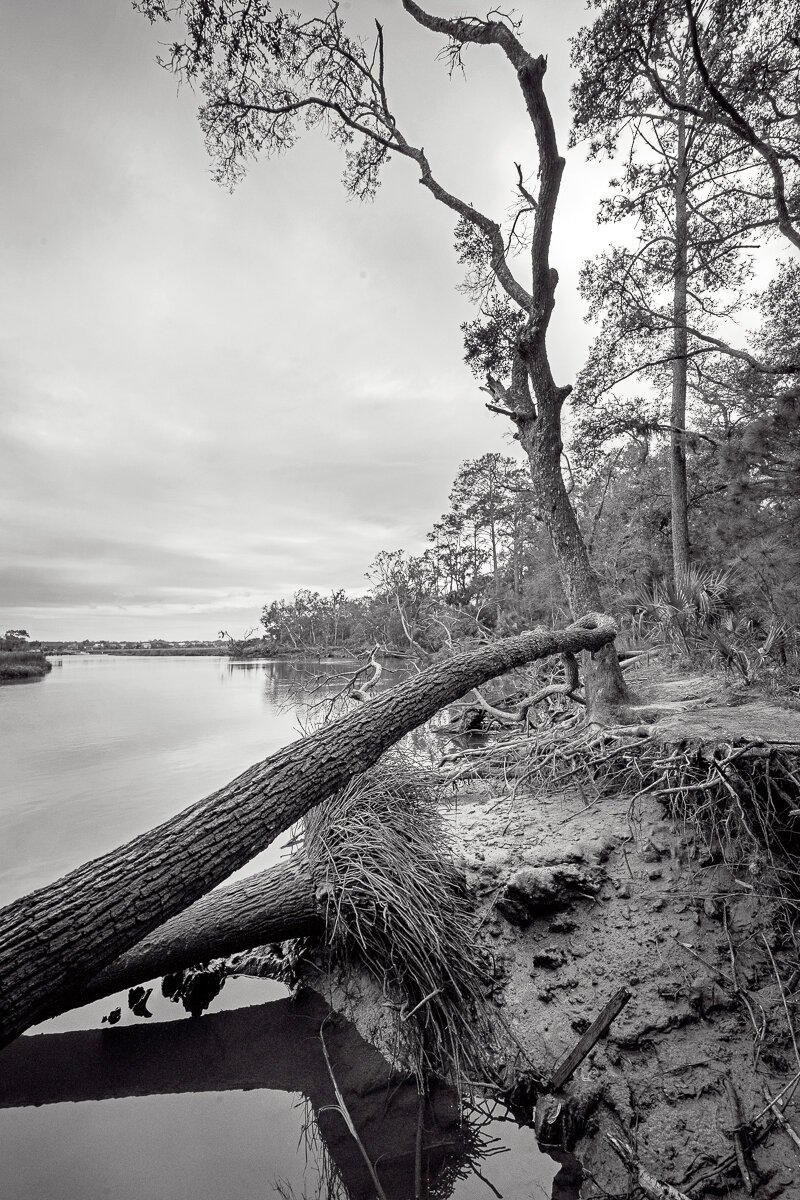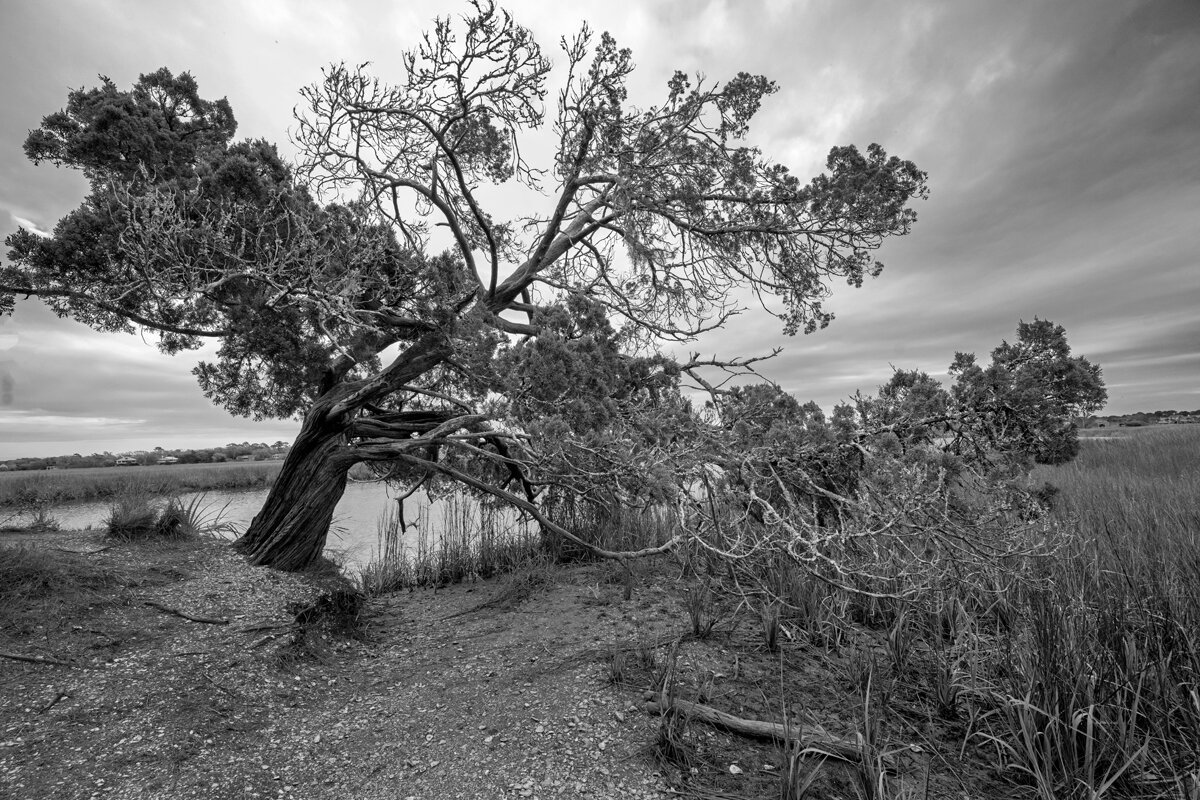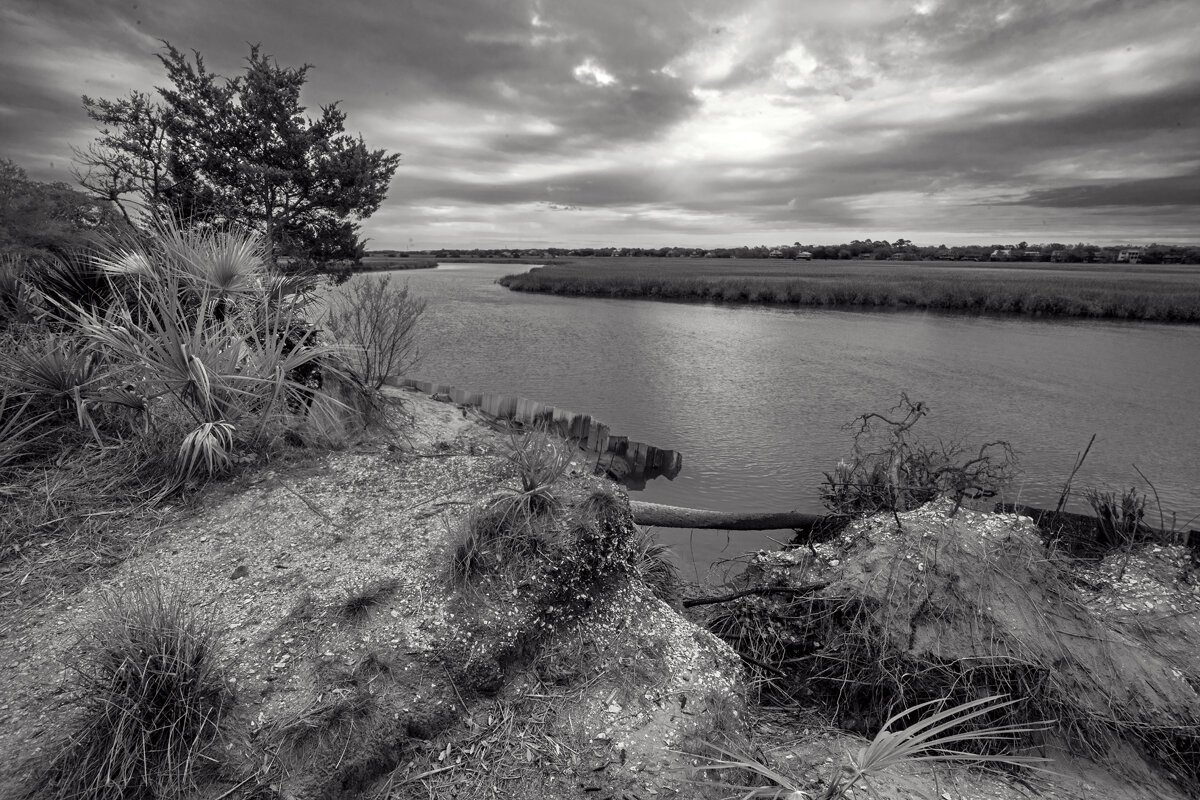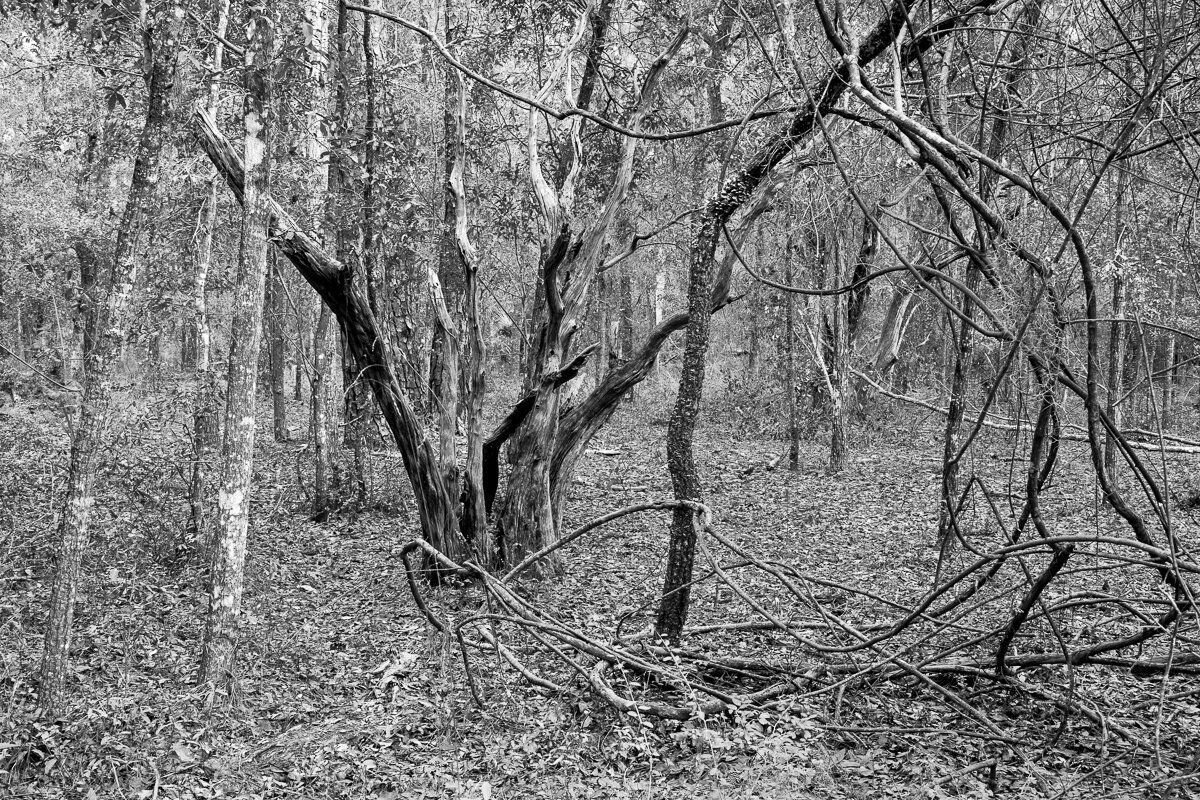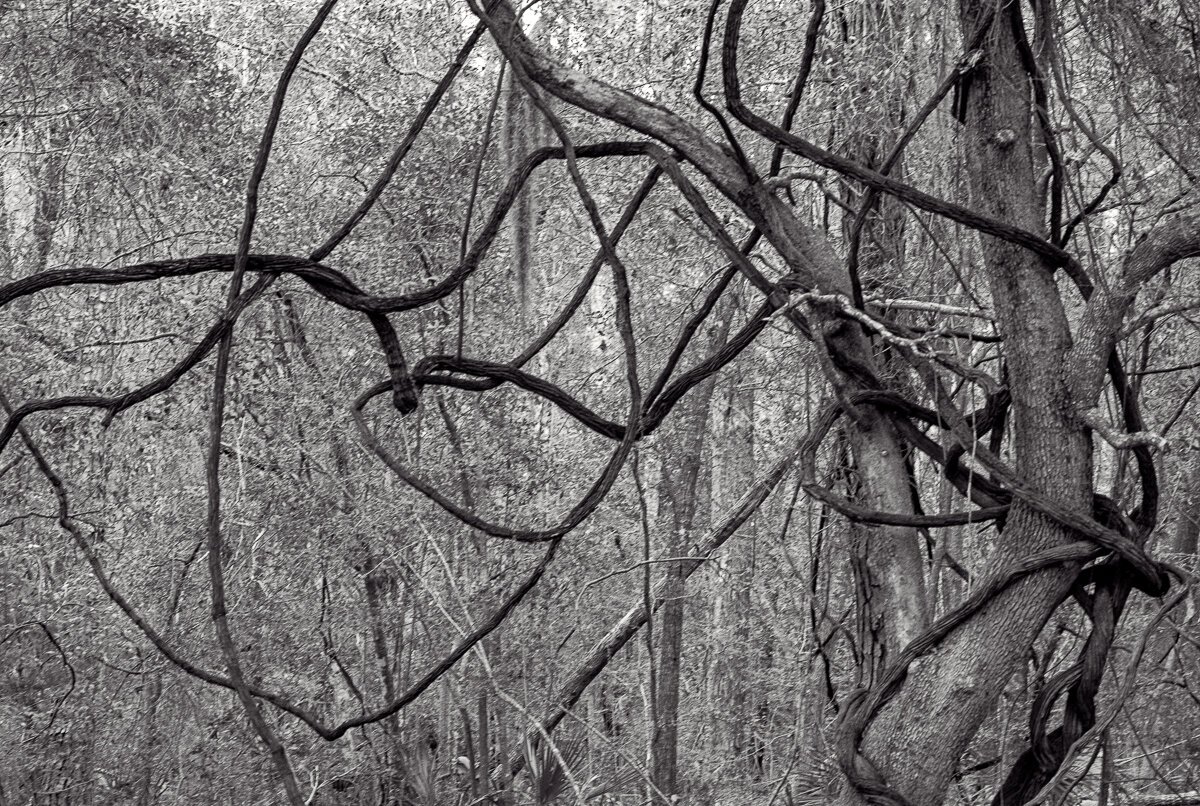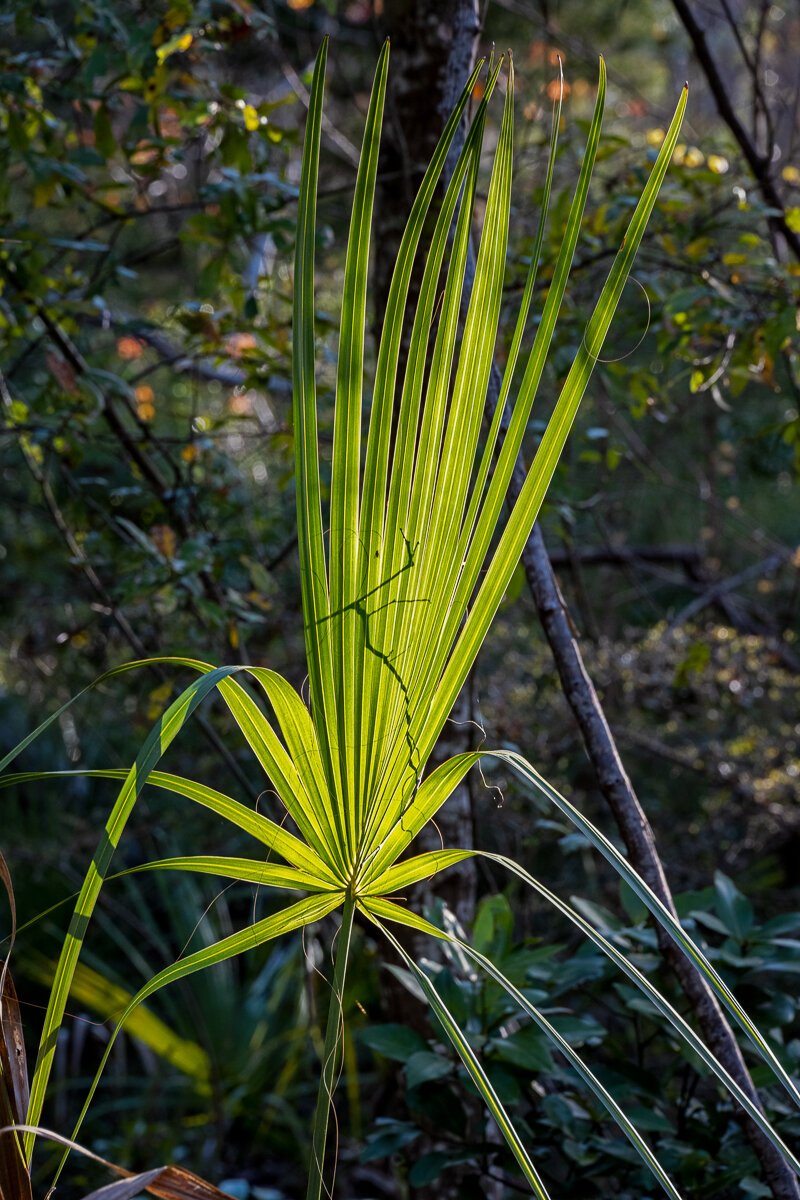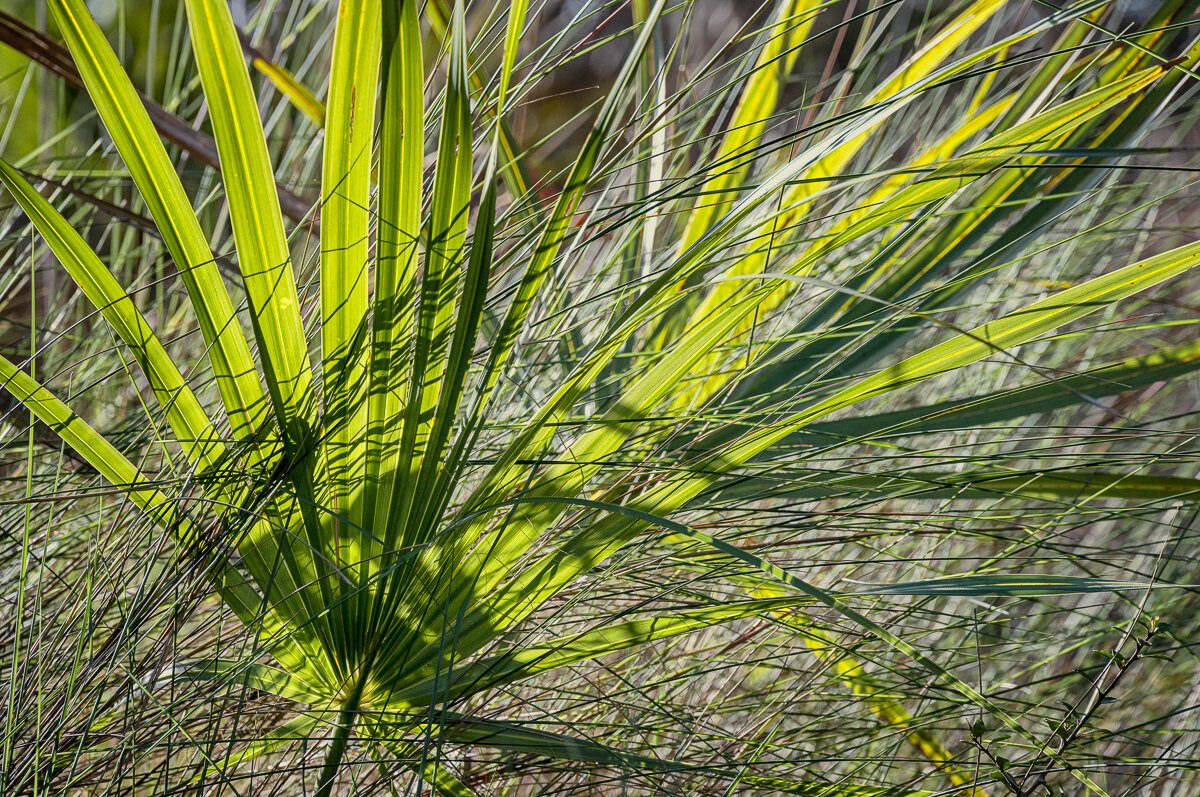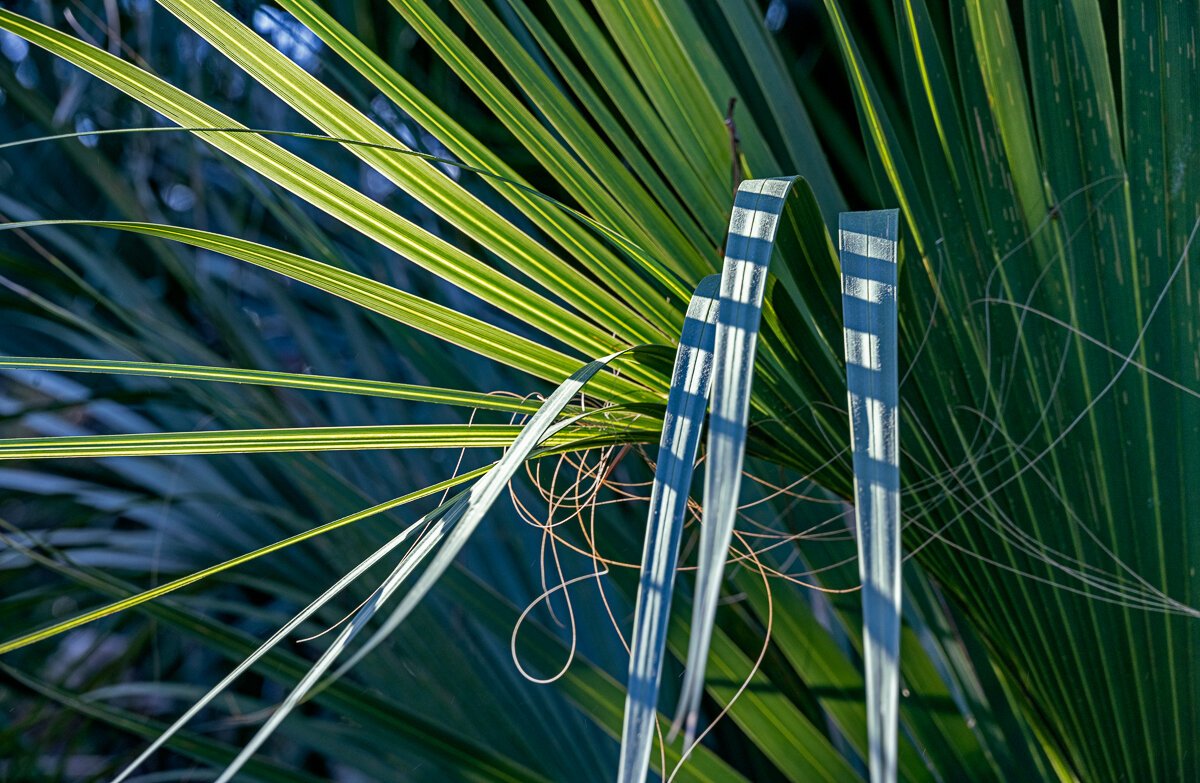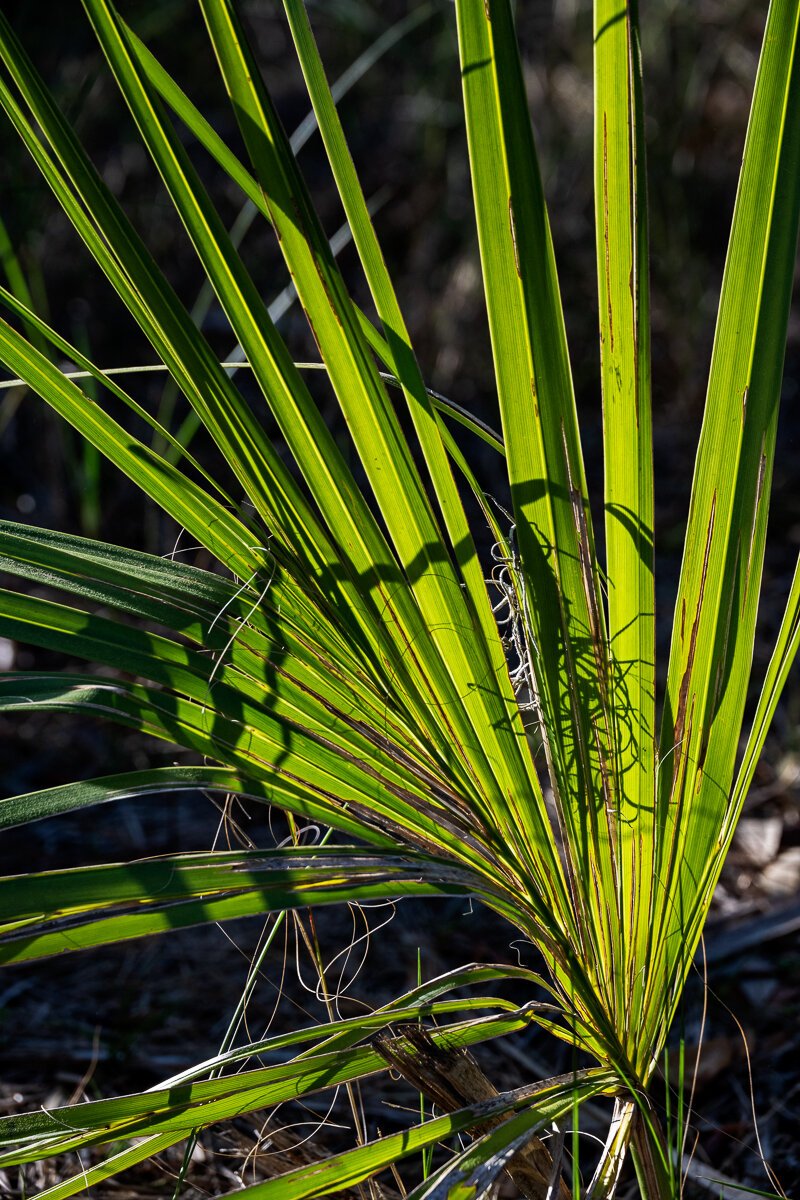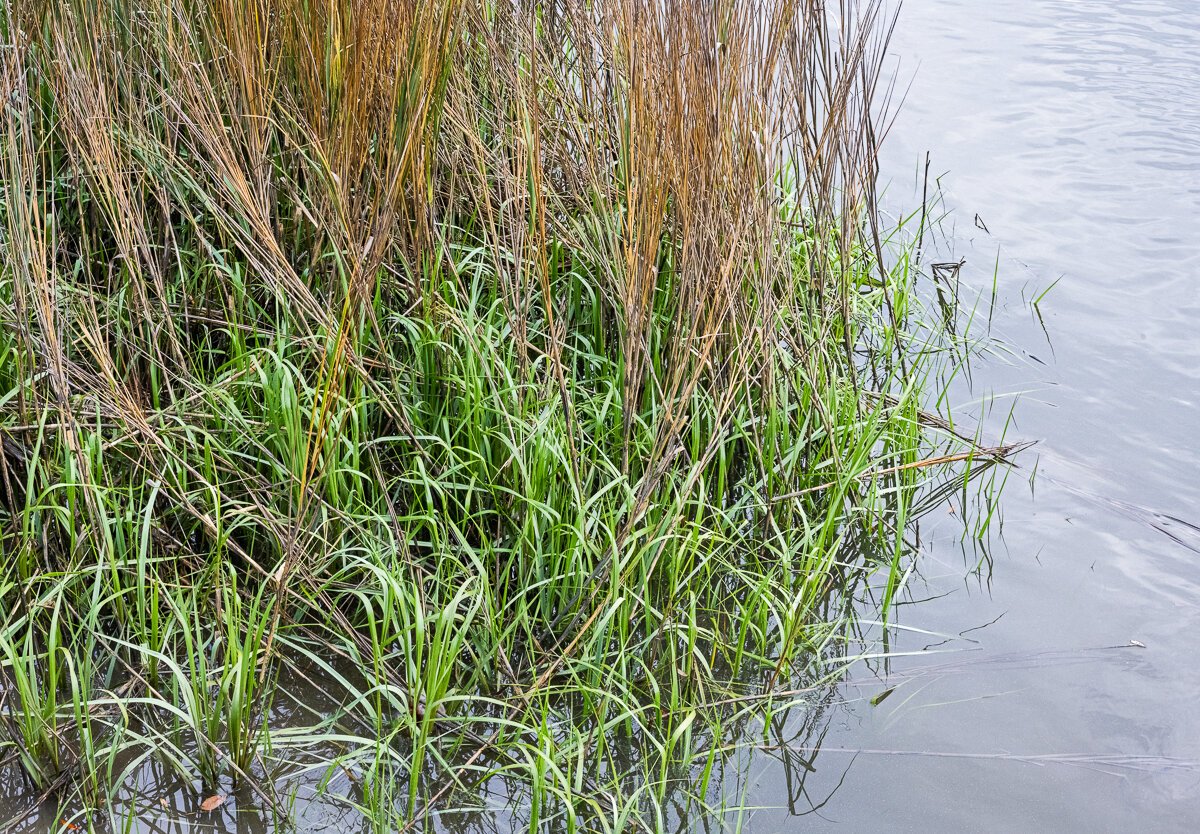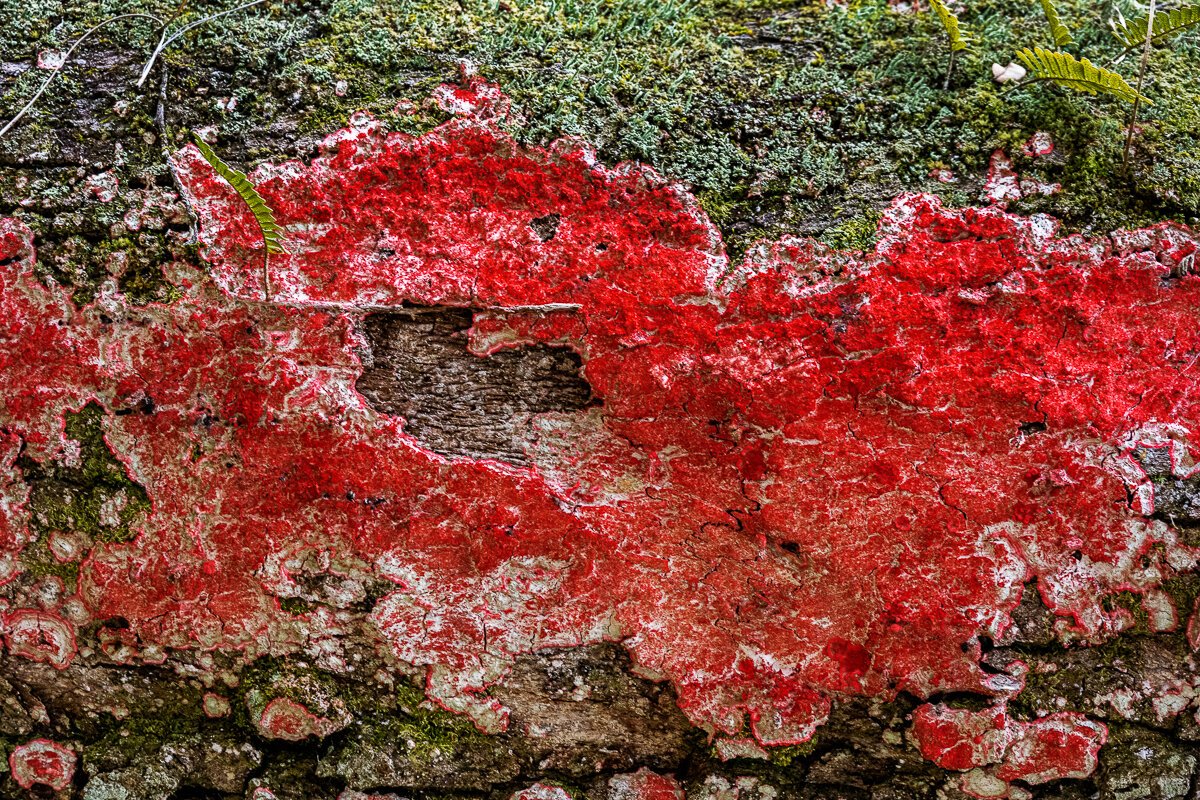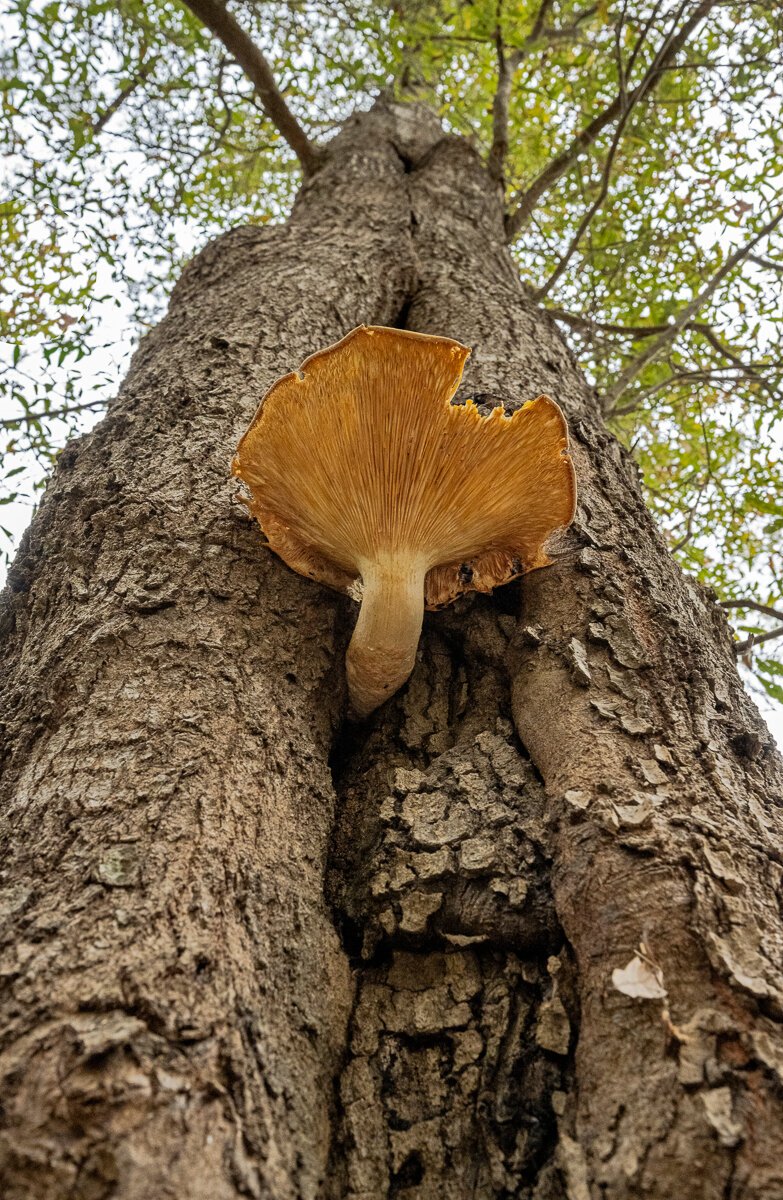Edisto Island, Live Oaks, Climate Change, and the Importance of Salt Marshes
Sinuous Oaks, Edisto Island
A few weeks ago, I camped on Edisto Island and explored the trails, salt marsh and beach. Edisto Island is the most natural of all of South Carolina’s beaches, so that is where I naturally headed. The oaks were in high gear with respect to pollination, but they did look spectacular even though I was crying most of the time. Below are some more photographs of the oaks festooned with Spanish Moss and reaching out over the salt marsh. Both the trees and the marsh are great protectors from the impact of the more intense storms we have been experiencing. They not only break the wind, they are also able to tolerate saltwater flooding.
Edisto Island Live Oaks in the Evening Light
Spanish Moss and Salt Marsh Grasses
Spanish Moss is an epiphyte and absorbs what it needs to survive from the air. It prefers humid climates. Moss can be tested to determine air quality, since it is very susceptible to pollution. In many places on the island, it was thriving which was a good sign.
Spanish Moss Thriving on Edisto Island
The story is not quite so positive when it comes to sea level rise. In many places along the Scott Creek trail erosion was clearly visible from cracks in the shell mount to trees falling into the creek. Belong are some images from that section of the State Park. Edisto Island was hit hard by hurricane Matthew in 2016 and Irma in 2017.
The leaning tree above left and the eroding coastline on the right are both on the shell mound that was made by the Edisto Indians, who were the first settlers of this island. Later, the Spanish discovered the island and tried and failed to convert the Edisto, so they left within a year. In the late 1600s the British purchased the land from the Native Americans and began to grow rice, though they destroyed much of the island after the Revolutionary War. Cotton was later grown and brought a lot of wealth to landowners but they were forced to evacuate after the Civil War broke out. In 1925, it became a beach destination, although a hurricane destroyed many homes in 1940. In 1970, development resumed and it continues to this day. The history of this island has gone through many cycles of upheaval, as has the vegetation.
Confined in Impossible Vines
The trees on Edisto Island are covered with vines. It is amazing how thick they are and how they loop around in so many directions. They seemed to be dancing or demonstrating string theory in the forest. Thin vines don’t harm trees, but thick vines can suffocate trees. Vines do provide an important food source for creatures and nesting materials for birds, and are not necessarily bad unless they take over completely and block sunlight.
Even after trees and branches die in the forest, they still provide food and contribute energy to the biosphere.
Dead Tree Torso Pierced by a Branch Festooned with Fungi
The palm fronds on the island were also interesting to observe, especially when they caught the light. When contrasted with the soft lines of a worn tree trunk, their sharpness was even more apparent.
Sinuous Trunk and Palm Frond
The salt marsh grasses are so important to Edisto and other coastal barrier islands. As Elizabeth Rush has written in her book “Rising,” if we don’t build to the edge of the salt marshes, the rhizomes of the grasses can move and relocate. When I saw the grasses here, they seemed very healthy and resilient. The ones that remained seemed to have weathered the storms well. Edisto is part of the ACE Basin, which is one of the largest undeveloped wetlands on the Atlantic coast . The grasses and wetlands make for a highly productive food web. Still, according to Kate Luciano, a geologist for the South Carolina Department of Natural Resources, erosion rates are as high as 7.6 meters in some areas of the basin. This is why it is critical to allow shorelines to be wild, so that the grasses in the salt marsh and other vegetation can migrate as geological forces operate.
Wherever you look on Edisto Island in the wild areas there is something marvelous and life affirming to see. The last morning I was there, I decided to look up and appreciate the canopy in the first light of day.
First Light Striking the Tree Canopy on Edisto Island
The Hidden Life of Trees by Peter Wohlleben is one of my favorite books. I first read it while living in Micanopy and I would go out in my front yard and study the tree canopy to see which trees were reaching towards each other, or which were getting pushed away. Some even grew together and shared resources. When I looked up in the canopy and saw the golden light hitting these trees, I felt that the large one was reaching for the smaller one and it reminded me of Michelangelo’s painting Creation, where God is reaching for Adam’s outstretched hand to imbue him with life. To me, the connection between the two trees was as visible as their presence. The trees in the next image reached towards each other so much that they actually formed an arch.
Trees Reaching to Connect, Edisto Island
A Natural Arch,, Edisto Island
The biodiversity on the island was exceptional. The bright red lichen above is Cryptothecia rubrocincta, I believe, although I have never seen it so red and often there is white in the center. This lichen belongs to the fungi family. Another mind blowing fungi I saw was this giant mushroom growing from where a tree trunk had split. I’m not sure what it is, but something had clearly taken a big bite out of it. Everywhere the cycle of life was visible.
Shedding Layers on Edisto Island
I went to Edisto Island to shed layers. Now that I have moved my mother into Assisted Living and I have a less responsibility for her daily care, I am moving into a new phase of my life and I am not entirely sure how things will evolve. Since my father died almost four years ago and I became part of my mother’s care taking team. I have thought a lot about end of life and aging and how things change in our lives. Much of the anguish we suffer is when we want to hold on to the way things were too rigidly, or when we worry too much about finality. The forest showed me that nothing really ends, even though things never stay the same. Life is a constant process where energy ebbs and flows, becomes transmuted, and ultimate manifests itself in new ways. Nothing in the forest is wasted and as such never completely disappears, as long is it isn’t drowned by rising waters. I admired the textures of plants and trees as they gently deteriorated and began to realize that there is beauty in every phase of existence when we learn to see in new ways. Edisto Island is a magical place to study life and to reflect on the meaning of our own existence. Not only is it a critical barrier island in the protection of the mainland and a haven for biodiversity, the wild areas on the island taught me a great deal about the cycle of life and how to live with more equanimity instead of being rooted in the past or being seduced by some mirage of what I hope the future to be.





